Cappuccino: How the World Got Sweet on a Creamy Concoction From the 17th Century
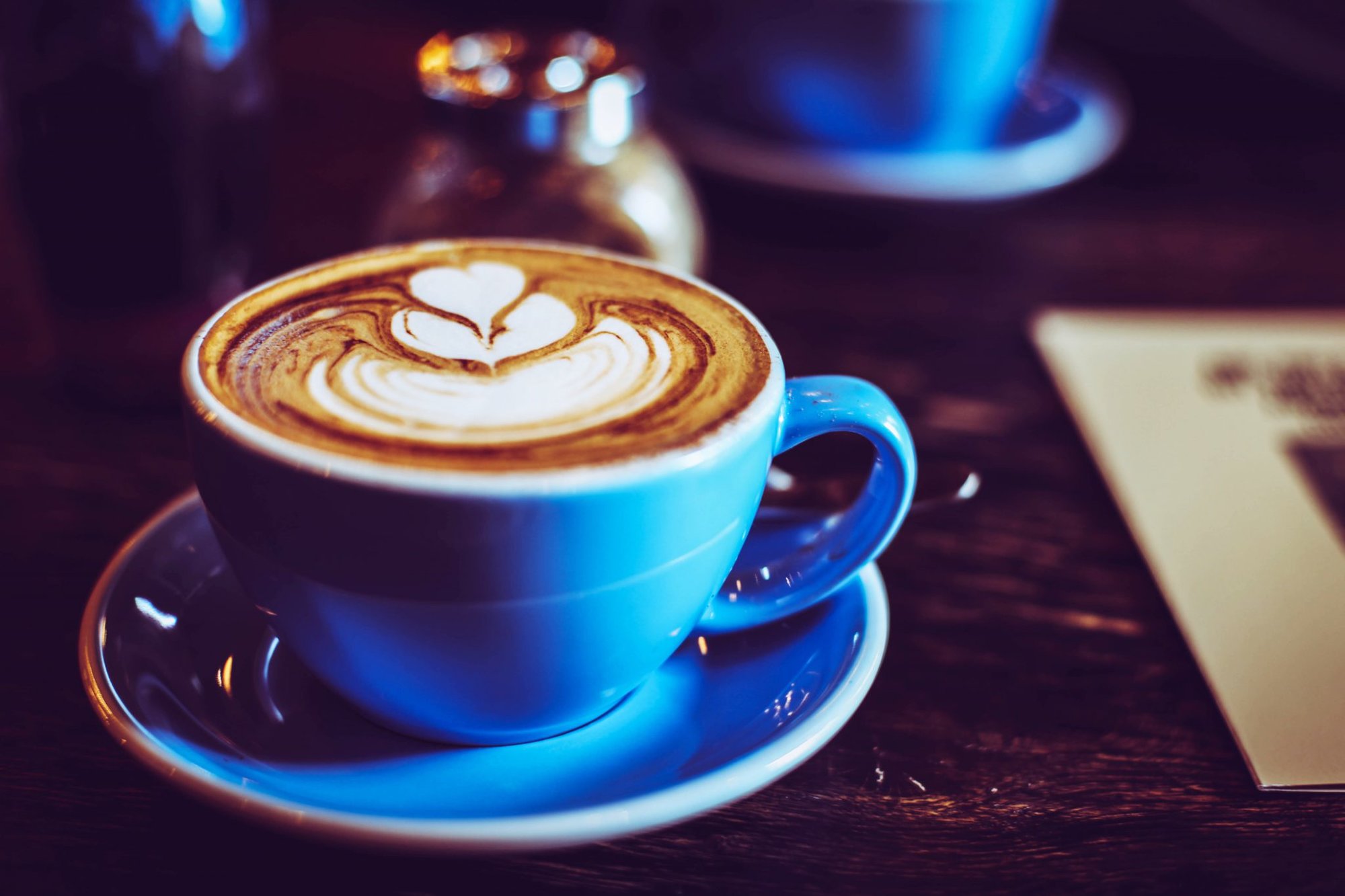
The cappuccino has been around since the 17th century, but the origin of the drink’s name goes back even further. Photo by Laureen Missaire/Unsplash.
The friars of St. Francis of Assisi were just not as pious as they could have been in 1525 in the eyes of Matteo Bassi. Bassi was a Franciscan who felt the friars could live with more poverty and more chastity, so he set out to found a new order, one that lived closer to the life of St. Francis. They became known as the Capuchin.
How we came to name a frothy coffee beverage after an order of sex-starved, impoverished monks has a history and evolution that dates almost as far back as the beverage itself. As with many of the coffee drinks we enjoy (or tolerate) worldwide, the cappuccino started its life in the coffeehouses of Vienna.
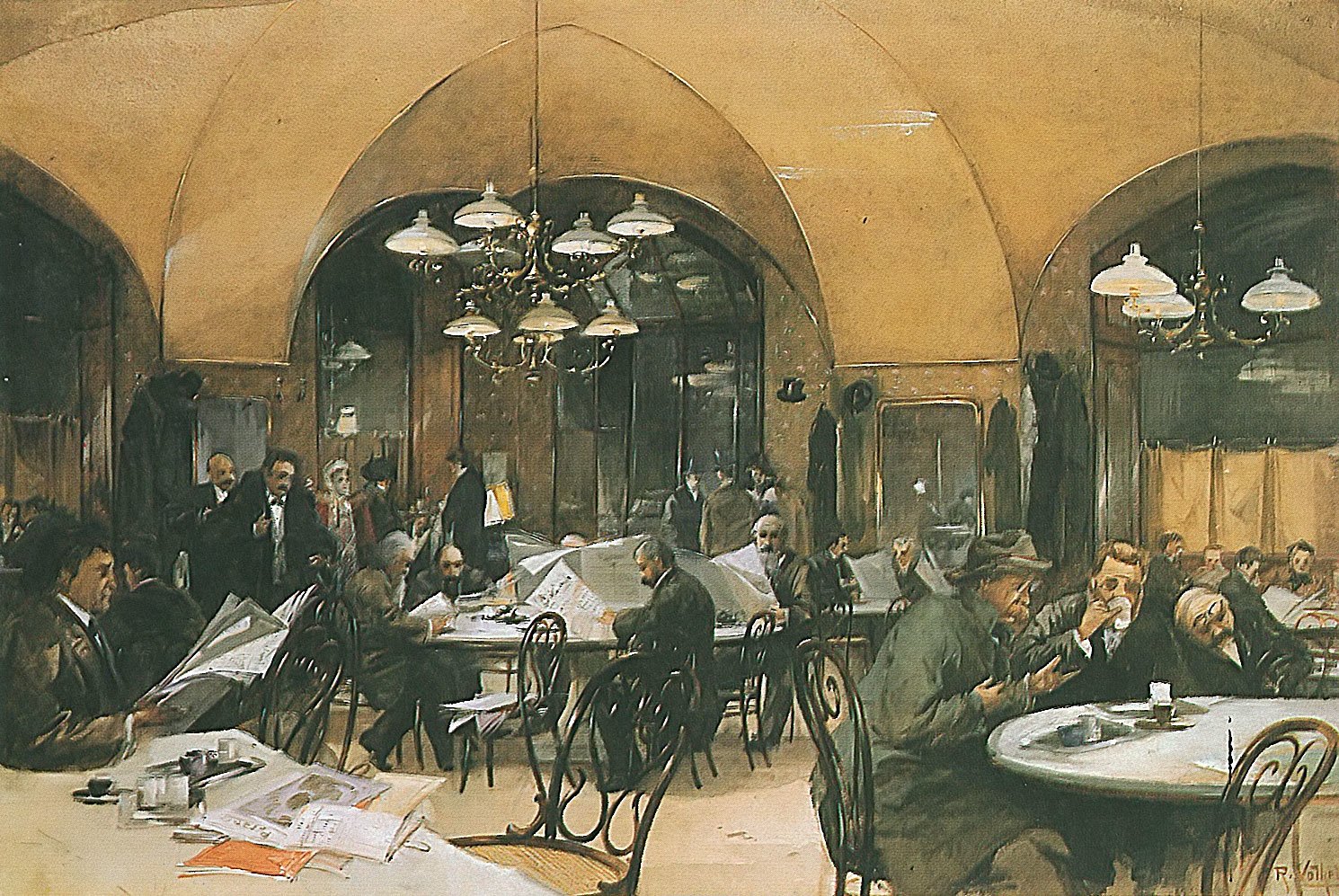
The rise of these coffeehouses and their now-world famous menu items is traced back to the 1683 Battle of Vienna, in which a combined European force of cannons, Holy Roman dragoons, and Winged Hussars from Poland routed a numerically superior Ottoman army.
Vienna was under siege for two months by 170,000 Ottoman Turks before the Polish relief force arrived. When it did, King Jan III Sobieski launched the largest cavalry charge in history, breaking the siege, forcing an immediate Ottoman retreat, and pushing the Ottomans back from Europe for good.
The Battle of Vienna not only ended the threat of Islamic expansion into Europe, but it was also the first step toward the rise of cappuccinos, mochaccinos, and any number of other overly sweetened, coffeelike beverages now served across America. The Ottoman army broke and ran from Vienna in such a hurry that it left behind most of its camp, including hundreds of sacks of hard, roasted brown beans.
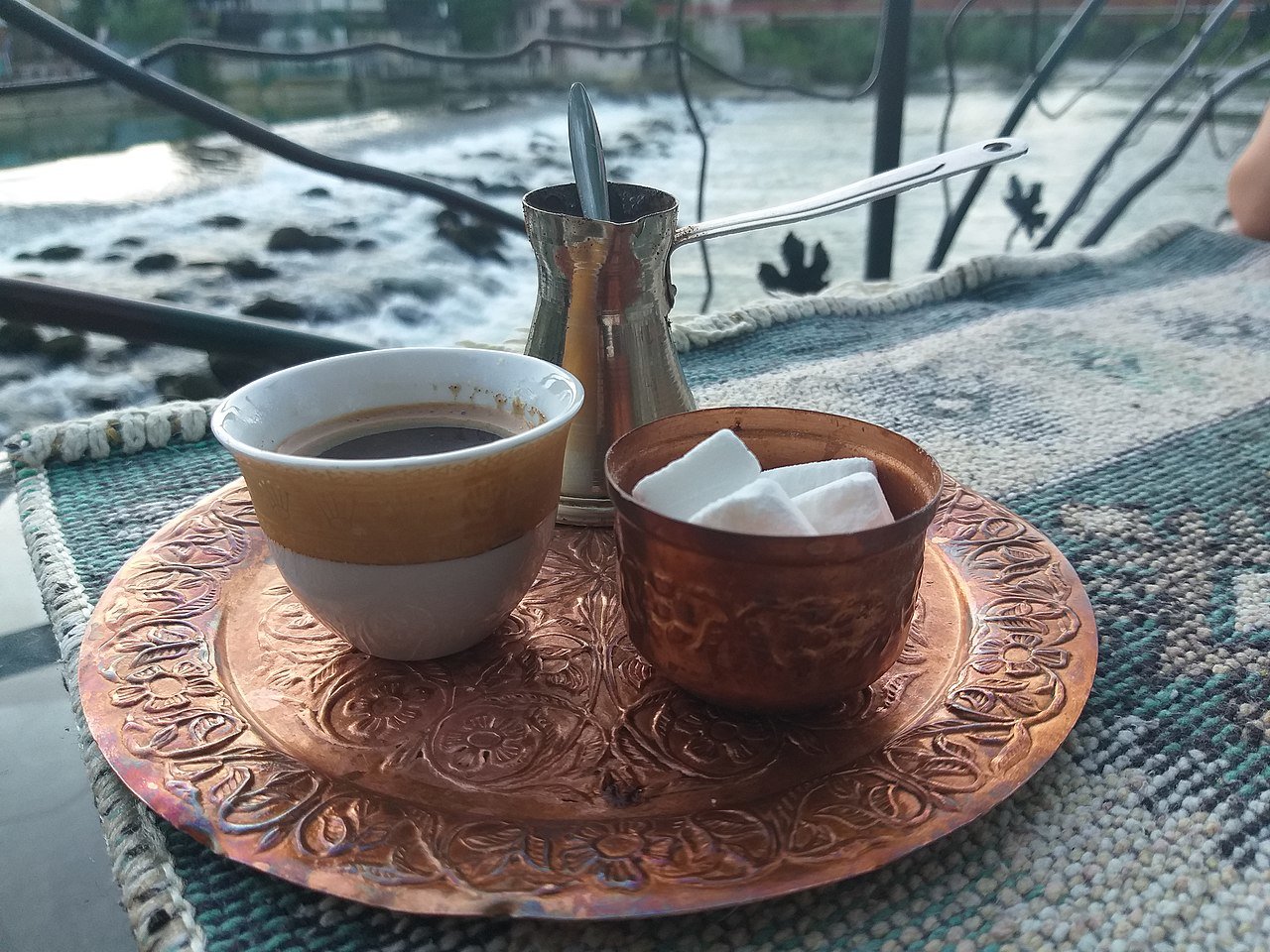
Europeans knew the Turks would grind the beans, mix the grounds with boiling water, and drink the resulting concoction. According to Mark Pendergrast, author of Uncommon Grounds: The History of Coffee and How It Transformed our World, the Europeans believed the concoction was the secret to Ottoman successes on the battlefield.
A Polish spy named Jerzy Franciszek Kulczycki had infiltrated the Ottoman camp before the battle on his way to call for help in defending the city, according to legend. While there, he drank coffee with the Ottoman commander, Kara Mustafa Pasha, and watched how it was prepared.
After the battle, Kulczycki was given the sacks of the secret bean as a reward for his service, which many believe he used to found the city’s first coffeehouse — or so the legend says. The coffeehouses of Vienna were the birthplace of some of the most transformational ideas that shaped the centuries to come.
According to the City of Vienna, the actual first coffeehouse was opened by a Greek-Armenian spy named Diodato, who served coffee at the Habsburg imperial court. The city honors them both with statues, paintings, and parks. No matter who started the coffeehouse culture, one thing was certain: The Turkish style of brewing coffee wasn’t enough for the European palate.
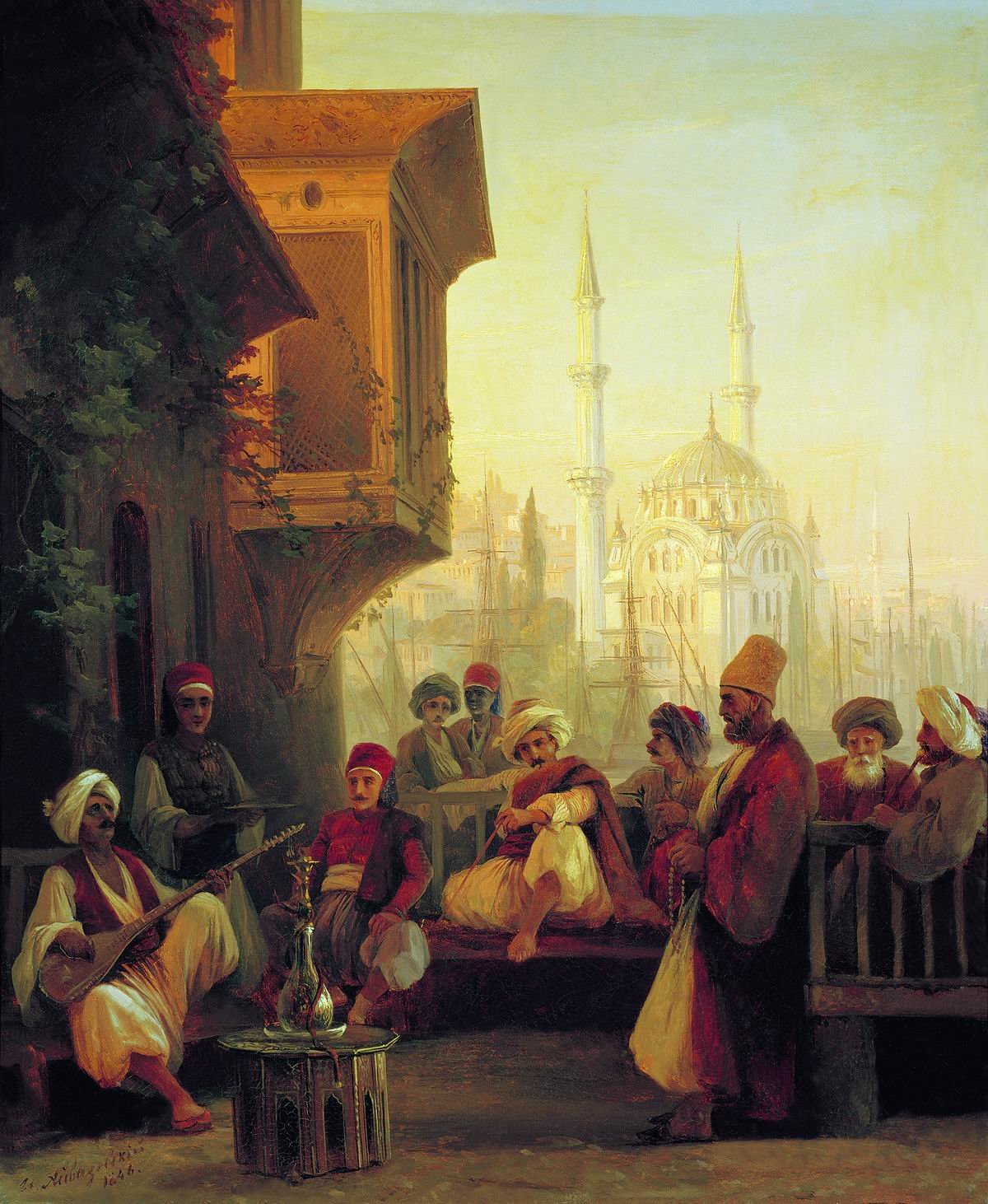
Europeans began adding sugar to their coffee. They also began filtering the grounds out of the coffee entirely. Eventually, they also began adding cream, liquor, and other ingredients to make different kinds of coffee cocktails. In the 1700s, the Kapuziner emerged on menus. The coffee concoction was mixed with cream, sugar, and spices. Then it was boiled again, poured over egg whites, and mixed until fluffy.
With these kinds of drinks available even in the 1700s, few Europeans were interested in drinking black Turkish coffee. A few centuries later, the Kapuziner had evolved to be a serving of strong coffee with a large dollop of whipped cream, now known as Viennese-style coffee.
The amount of milk and foam used in this new drink gave the coffee a rich brown color that was similar to the color of the robes Capuchin Friars wore.
When the Capuchin broke from the higher order, they chose a distinctive vestment to distinguish themselves from their Franciscan forebears. Their robes were a deeper red-brown color with a long, pointy hood, more akin to the actual robe St. Francis of Assisi wore: the “cappuccio.”
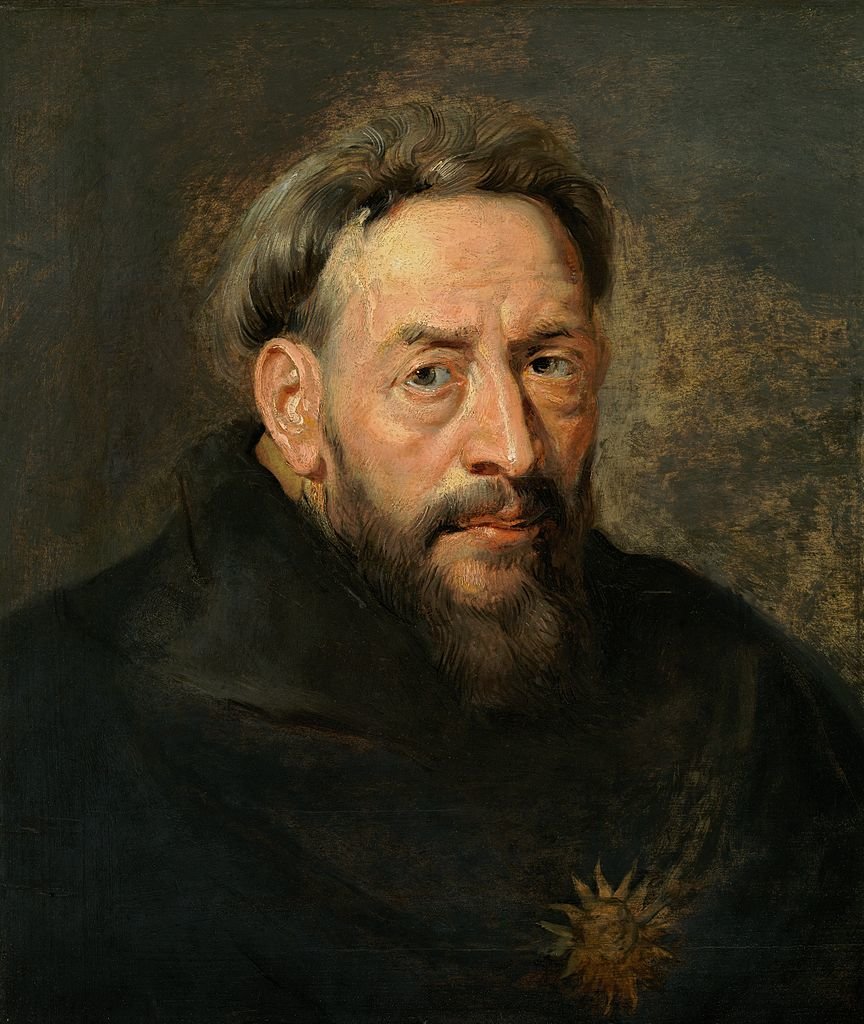
The robe was so distinctive that the word “capuchin” did not only describe the friars of the order. It also came to describe the color of their robes wherever it appeared across Europe. Italians began referring to the friars themselves as “cappuccino.” When the name appeared on coffeehouse menus, it was more than just a name; it was a recipe telling the preparer to add just enough milk to give the coffee the capuchin color.
By the time the beverage arrived in northern Italy in the 1930s, technology had advanced significantly. Espresso machines were more widely available, and refrigeration made it possible to use fresh milk instead of heavy whipped cream. Italians soon made the drink their own, using foamed milk to top espresso instead of the sweet heavy cream used in Austria.
While the Kapuziner is still found on European coffeehouse menus, the cappuccino is now as distinctive from it as the Capuchin are from Franciscans.
Read Next:
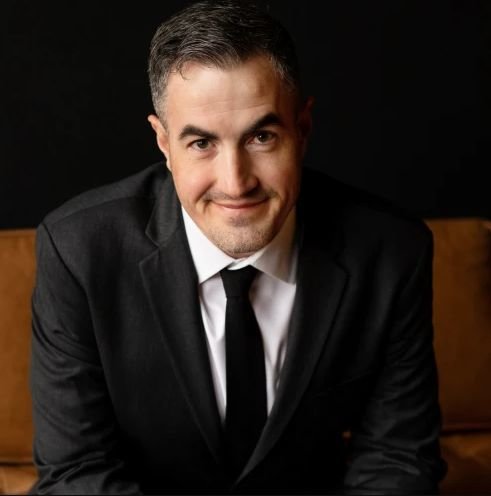
Blake Stilwell is a traveler and writer with degrees in design, television & film, journalism, public relations, international relations, and business administration. He is a former US Air Force combat photographer with experience covering politics, entertainment, development, nonprofit, military, and government. His work can be found at We Are The Mighty, Business Insider, Fox News, ABC News, NBC, HBO, and the White House.
BRCC and Bad Moon Print Press team up for an exclusive, limited-edition T-shirt design!
BRCC partners with Team Room Design for an exclusive T-shirt release!
Thirty Seconds Out has partnered with BRCC for an exclusive shirt design invoking the God of Winter.
Lucas O'Hara of Grizzly Forge has teamed up with BRCC for a badass, exclusive Shirt Club T-shirt design featuring his most popular knife and tiomahawk.
Coffee or Die sits down with one of the graphic designers behind Black Rifle Coffee's signature look and vibe.
Biden will award the Medal of Honor to a Vietnam War Army helicopter pilot who risked his life to save a reconnaissance team from almost certain death.
Ever wonder how much Jack Mandaville would f*ck sh*t up if he went back in time? The American Revolution didn't even see him coming.
A nearly 200-year-old West Point time capsule that at first appeared to yield little more than dust contains hidden treasure, the US Military Academy said.












